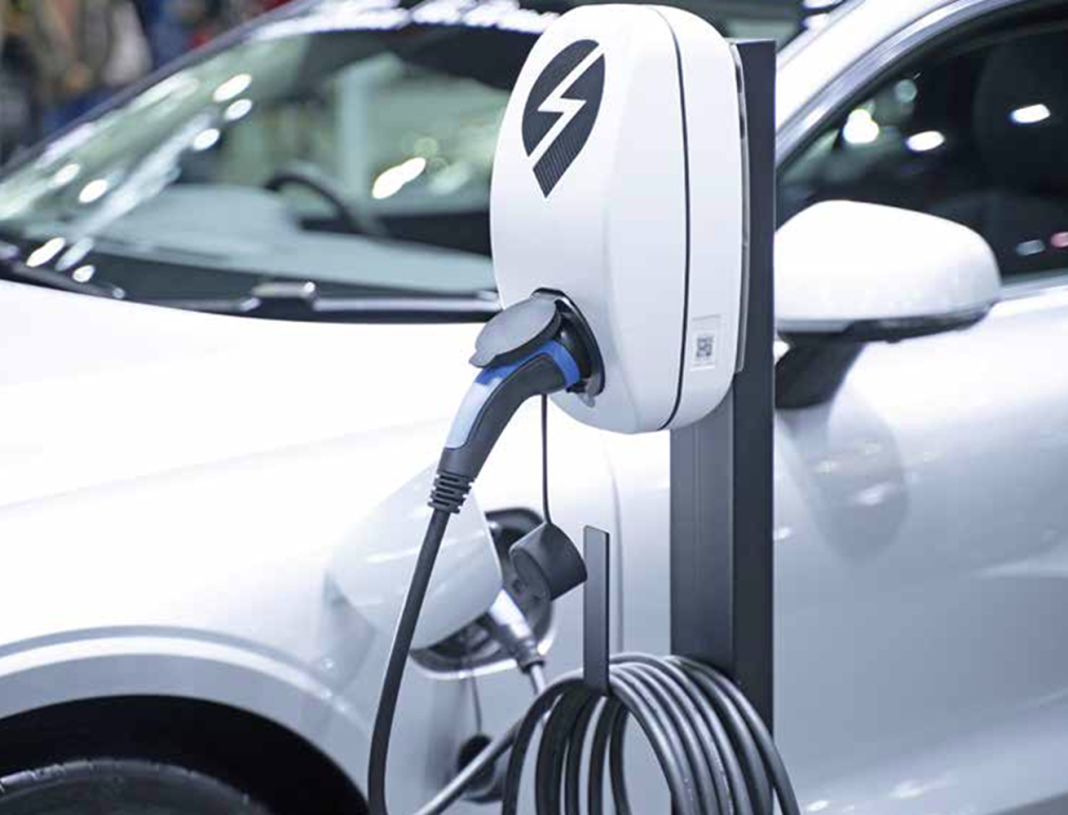It was the mid-1980s when Steve Lapp was first introduced to the concept of an electric vehicle (EV).
While the first commercial EV, the Tesla Roadster, didn’t hit North American roads until 2010, work on the technology stretches back decades. Lapp, who studied solar thermal energy at Queen’s University, was part of a small team at a Canadian startup, Alu Power, that converted a Chrysler minivan into an EV in 1989.
Because the lithium-ion technology used today didn’t exist yet, the team transitioned the vehicle using an aluminum air fuel cell. Lapp, who will be in Haliburton County Aug. 9 for a talk on EVs, said it was capable of travelling about 300 kilometres.
“The technology has improved dramatically since then, with the breakthrough coming in the early 1990s, when the lithium-ion battery became commercially viable,” Lapp said.
Originally designed for cell phones and laptops, the units are now used to power about 70 different EV models in Canada, Lapp said.
Before that, companies utilized aluminum, lead-acid and sodium-sulfur batteries for EVs. General Motors released the EV1 in 1996. The company built thousands, but rather than sell they opted to lease. Interest in the small two-seater, which had a low range of travel of less than 200 kilometres on a full charge, was limited and it was quickly discontinued.
It’s a different ballgame today, Lapp said, with most EVs capable of travelling 400 to 500 kilometres on a full charge. Compared to standard vehicles, which utilize internal combustion engines, they’re much cheaper to run. Owners can charge vehicles at home for pennies on the dollar, he said.
“Using the low overnight [hydro] rate, it costs something like three cents per kilowatt hour to charge, which is about $2.10 for a full battery,” Lapp said. Owning two EVs since 2012, he estimates he’s saved well over $10,000 in gas alone. There’s been another five-figure savings on oil changes – not required with EVs.
Lapp said recent studies indicate EVs pay off their energy debt for climate change emissions within two years.
“Other than the energy it takes to make them, EVs don’t have much carbon dioxide emissions attached to them… the only thing that’s restrictive is the distance you can travel, otherwise they’re better than standard vehicles in every way,” Lapp said. “They cost less to operate, they’re quieter, and they aren’t contributing to climate change.”
He noted global sales are increasing 20 to 25 per cent annually, pegging the number of EVs actively on the road at around 60 million. Combined, manufacturers are producing about 20 million EVs per year. About 17 million were sold in 2024, including 264,000 in Canada.
During his Environment Haliburton! sponsored talk at Haliburton Highlands Secondary School this weekend, running from 10 a.m. to 3 p.m., Lapp said he’ll be discussing EV life cycles, costs, and other practical things would-be owners need to know.
With the federal government mandating that 100 per cent of new light-duty vehicle sales be zero-emission by 2035, Lapp said EVs are the future. He says the technology is constantly improving, with weight-reducing long-life super capacitors likely arriving in the next few years, though any new battery enhancements are “probably” 10 years away.
“A new unit will set you back $50,000, but it’s probably one of the best investments you can make,” Lapp said. “But more than the monetary savings, we all know climate change isn’t waiting… it’s something we have to address. EVs may have some limitations – they may never go as far, may cost a little more up front than standard vehicles, but that’s the social cost of addressing climate change.”





